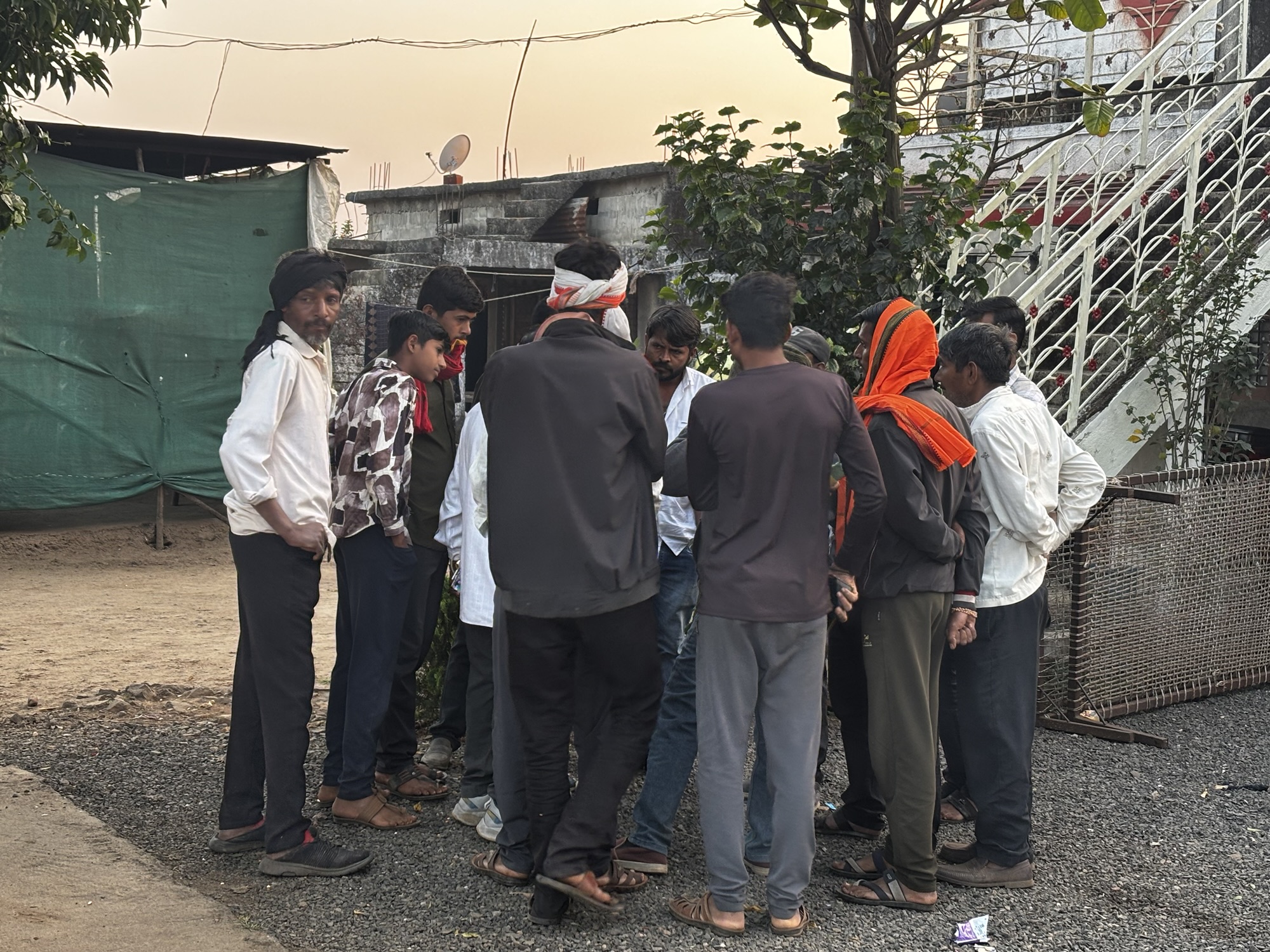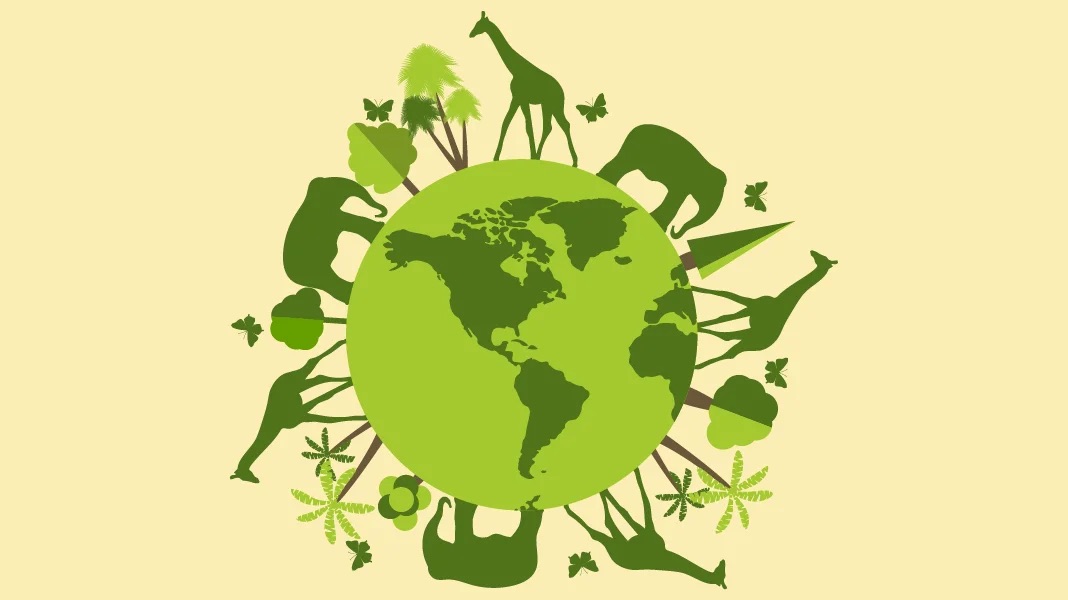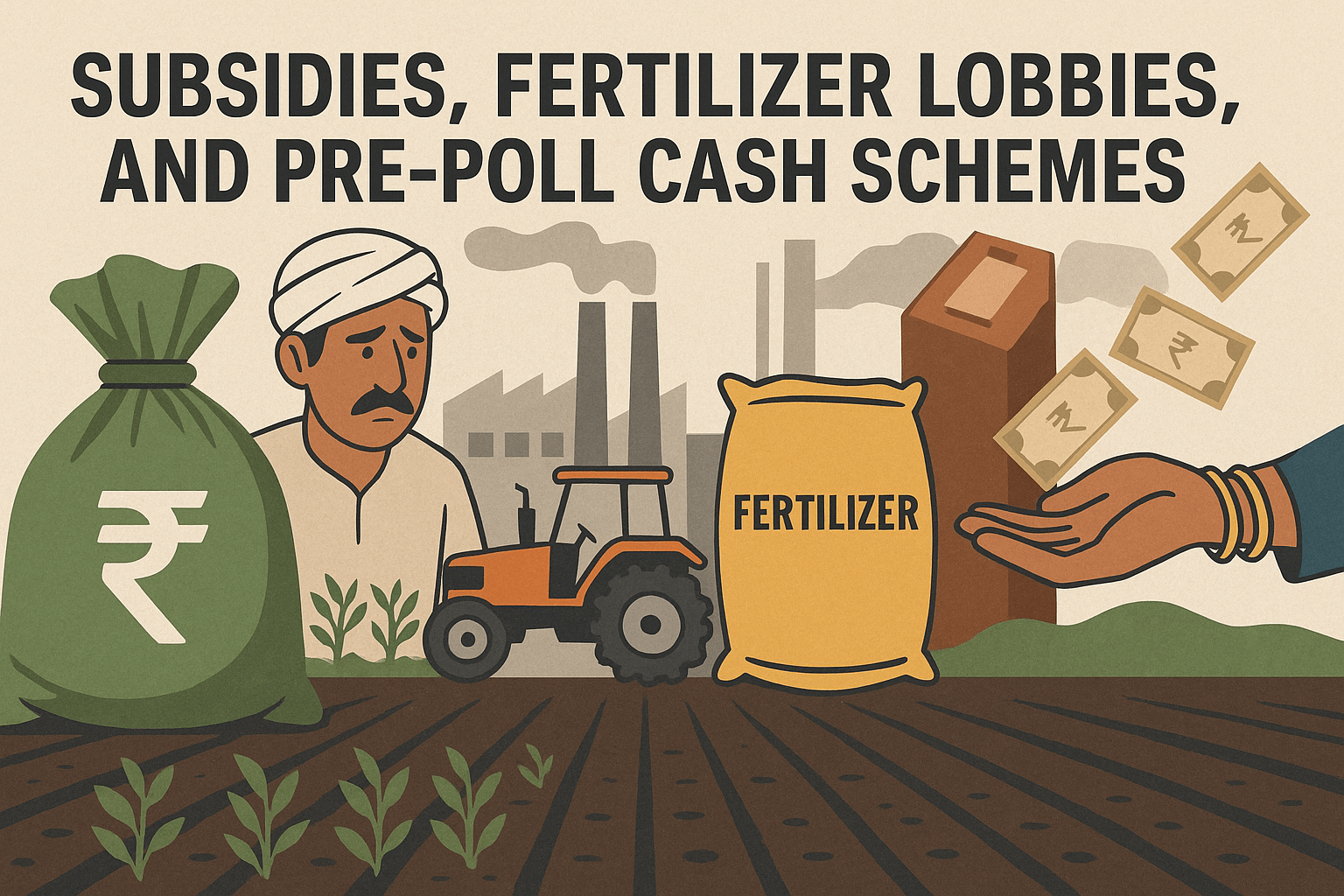The debate over genetically modified (GM) crops in India is heating up. With a deadline approaching for negotiations with the United States, India faces pressure to open its agricultural markets to GM crops. The Finance Minister, Nirmala Sitharaman, has made it clear that agriculture is a sacred area for India, warning that accepting GM imports could harm farmers’ livelihoods and food safety. But what does this mean for the future of farming in India?
Since 1996, the global adoption of GM crops has increased dramatically. By 2023, over 200 million hectares of GM crops like soybeans, maize, and canola are grown in 76 countries. However, in India, the only GM crop currently allowed is cotton. This decision was made during Atal Bihari Vajpayee’s administration in 2002. Today, more than 90% of India’s cotton is Bt cotton, which is genetically modified to resist pests.
This technology has had a significant impact. Cotton production surged from 13.6 million bales in 2002-03 to 39.8 million bales in 2013-14, a growth of 193%. Productivity increased by 87%. Farmers in Gujarat saw their incomes rise as the state became one of India’s main agricultural success stories.
However, the situation has changed since 2015. Cotton productivity has flattened and even declined. Yields have dropped from 566 kg/ha in 2013-14 to around 436 kg/ha in 2023-24, which is significantly lower than the global average of about 770 kg/ha. This decline can be attributed to pest outbreaks, complex regulations, and a ban on next-generation GM seeds.
One example is herbicide-tolerant (HT) Bt cotton, which was never approved for commercial use in India. Despite this, illegal HT-Bt seeds have found their way into farms across several states, including Gujarat and Maharashtra. This illegal spread highlights the desperation of farmers facing persistent pest attacks. Unfortunately, these unregulated seeds put farmers at risk, as they have no recourse if crops fail.
In addition, government regulations have made it difficult for biotech companies to invest in new seed technologies. The Cotton Seed Price (Control) Order of 2015 significantly reduced seed royalties, discouraging research and development. By 2018, the fees dropped to just ₹39 per packet, making it unattractive for companies to invest.
As a result, India has missed opportunities to lead the gene revolution in agriculture. The country once had the potential to be a major seed exporter, but due to policy inertia and opposition from activists, it has become a net importer of raw cotton by 2024-25.
The issues surrounding GM crops extend beyond cotton. Approval for other GM crops like Bt brinjal and GM mustard has also been stalled. Bt brinjal has been under a moratorium since 2009, while GM mustard received conditional clearance in 2022 but has not yet been commercialised.
To move forward, India needs strong political leadership that embraces science and technology in agriculture. Prime Minister Narendra Modi’s call for innovation, backed by a substantial research and development fund, sets a positive tone. However, the real challenge lies in the commercial deployment of advanced biotechnology, including HT Bt cotton, Bt brinjal, GM mustard, and even GM soybeans and corn.
In conclusion, the future of agriculture in India depends on embracing genetically modified technology. As Vajpayee stated, what information technology (IT) is for India, biotechnology (BT) should be for Bharat. The time has come for India to make informed decisions about GM crops to secure its agricultural future.




